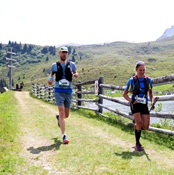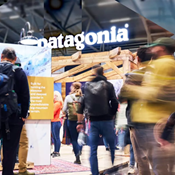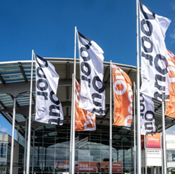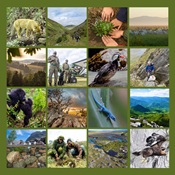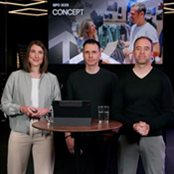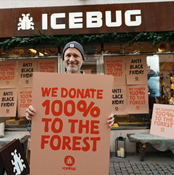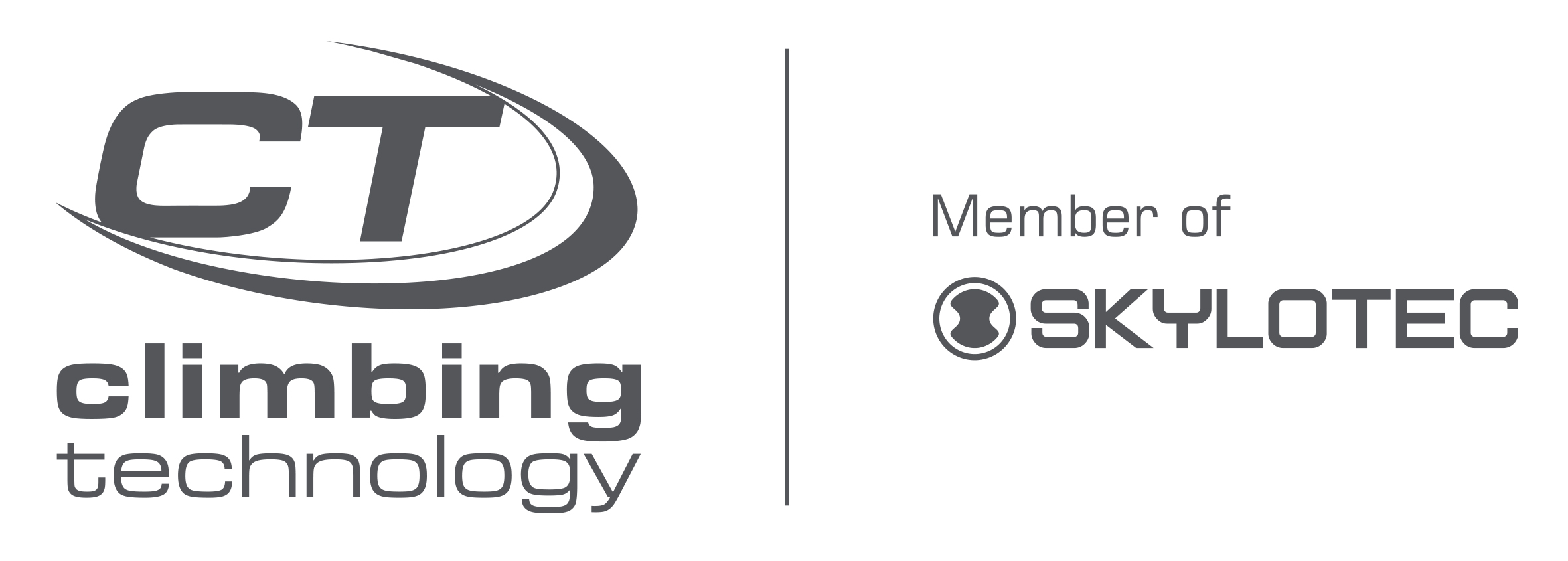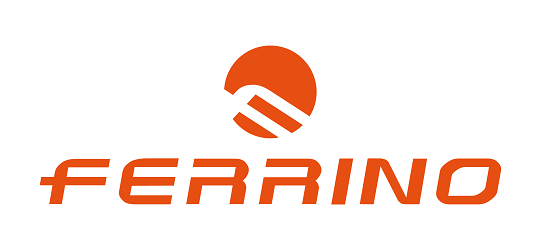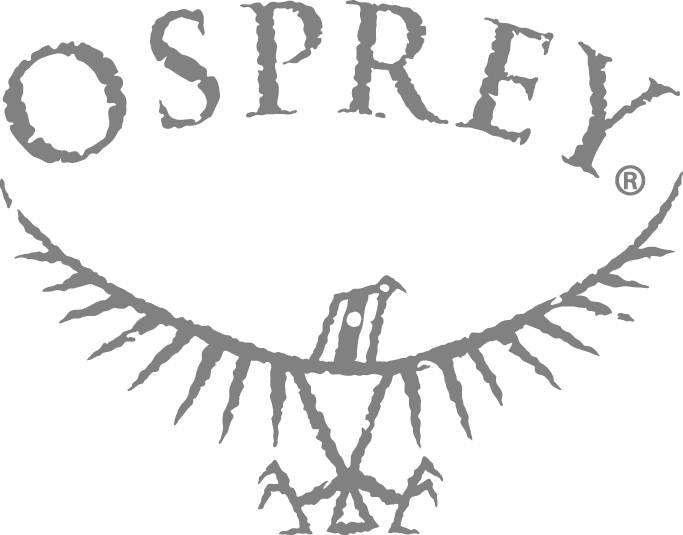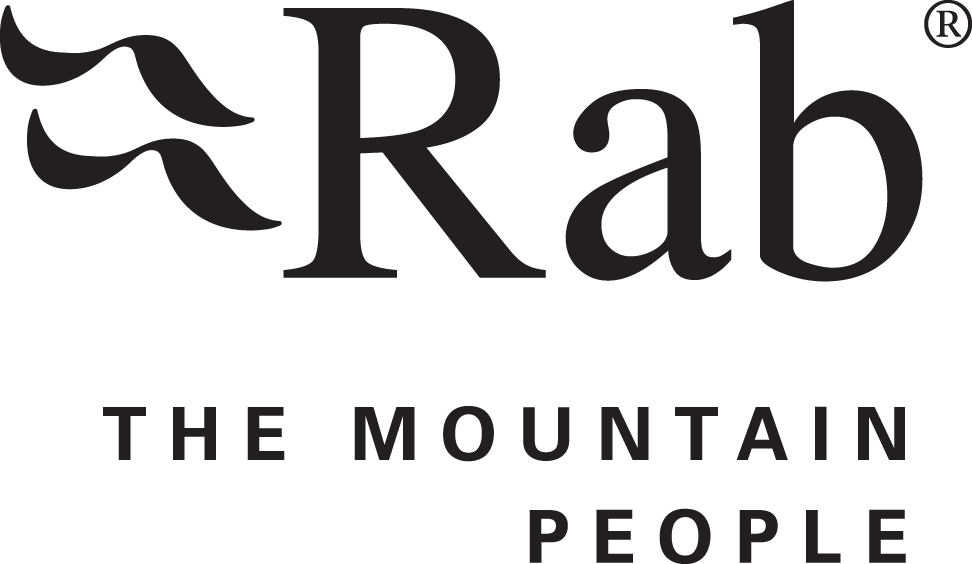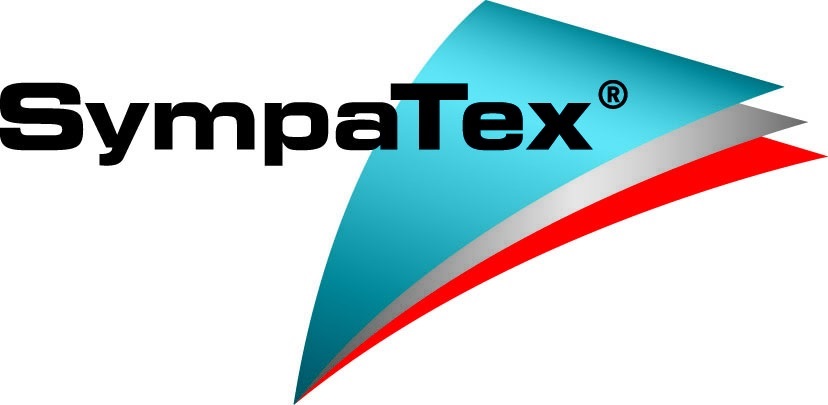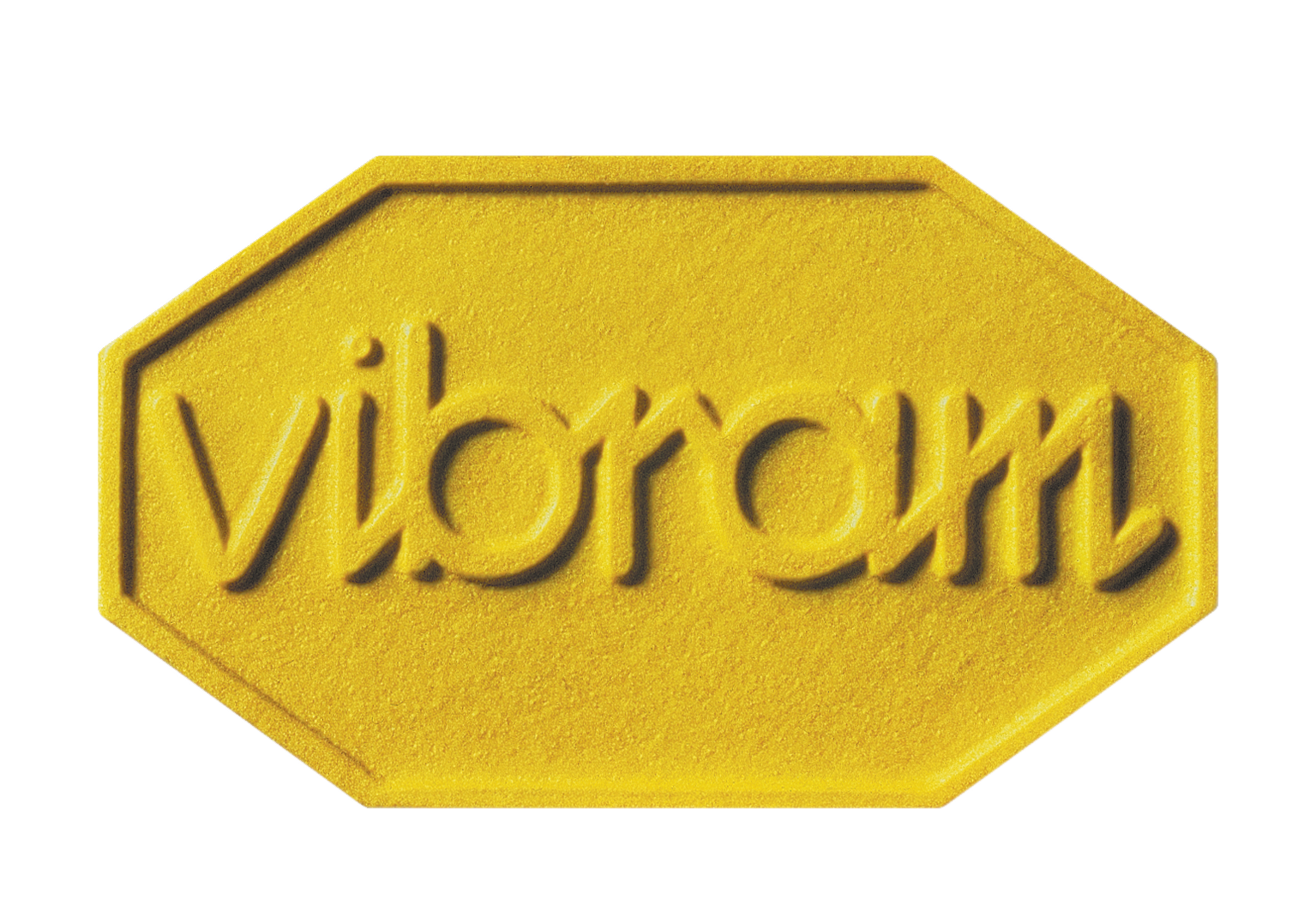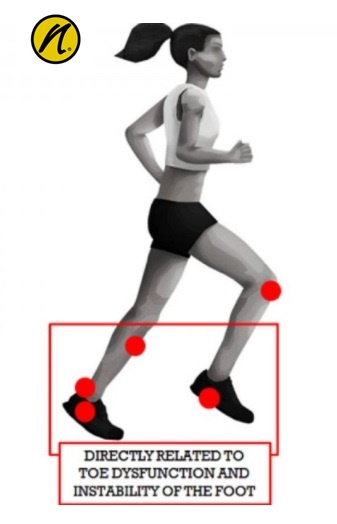 Stitches, runner’s knee, torn ligaments, irritated tendons, knee pain or hip problems – almost every runner will experience pain in at least one part of their body at some point during their running career. The fact that a runner puts his foot on the ground around 1,000 times per kilometer is an enormous strain on the body. Sports physicians assume that the injury rate among runners is around 30 percent. In total, experts know of 28 injuries associated with running.
Stitches, runner’s knee, torn ligaments, irritated tendons, knee pain or hip problems – almost every runner will experience pain in at least one part of their body at some point during their running career. The fact that a runner puts his foot on the ground around 1,000 times per kilometer is an enormous strain on the body. Sports physicians assume that the injury rate among runners is around 30 percent. In total, experts know of 28 injuries associated with running.
What is striking, however, is that the five most widespread “common diseases” in the running world affect body parts below the knee. According to scientific studies, pain at the inner or outer edges of the shin is the most common (shin splints syndrome), followed by irritation of the Achilles tendon (Achilles tendonitis), pain at the tendon plate of the sole of the foot (plantar fasciitis), pain at the kneecap and front knee (patellar tendinopathy), and sprains of the ankle. And although the running shoe industry has been researching and innovating for 40 years, injury rates among runners are higher than ever.
Mother Nature’s handcraft
Mother Nature has actually created a true masterpiece of engineering in the human foot, which does not need any external support. You have to imagine the foot as a kind of twisted, spring-like plate to which the toes are attached at the front to anchor the plate to the ground. When the foot touches the ground, the plate untwists and elongates to absorb the impact, causing the plantar fascia to pull the toes into the ground (reverse windlass mechanism), anchoring the foot and providing a stable base. As the runner’s weight begins to move over the foot, the heel lifts off the ground, using the toe joints as pivot points (the windlass mechanism). Now it’s the toes’ turn to pull on the plantar fascia, lifting the arch and twisting and shortening the foot to become a tighter, stiffer spring in preparation for the all-important push-off phase of running. Put simply, the forefoot optimizes propulsion, the midfoot provides mobility, and the heel cushions impact.
As the saying goes: Use it or lose it
The footwear industry is now intervening in this masterpiece of Mother Nature and preventing the foot from performing its function as a mobile shock absorber and stable propulsion lever. With the intention of preventing injuries, it is developing innovations that allow injuries to occur in the first place. For example, renowned Harvard professor Daniel E. Liebermann and colleagues have analyzed how toe bouncing disables toe muscles, increasing the risk of injury. This effect can be seen every day on sneaker owners on the street: Because runners can no longer roll over the big toe, they avoid this torque, which should actually go over the big toe, by turning their foot outward and significantly overpronating. The latest trend among running shoe manufacturers to install carbon plates in the midsole to improve performance is also almost paradoxical. This is because the foot is thus more or less plastered in one direction, which leads to the calf muscles and Achilles tendon no longer having a task and becoming weaker and weaker. Renowned biomechanists have also been able to prove in several scientific studies and expert opinions that the position of the big toe has a relevant effect on the pronation of the rear foot during the stance phase of running. The more deformed and shoelike the big toe is, i.e. the more pronated a so-called hallux valgus is, the more pronated the runner will be. But it is precisely this hallux valgus that the shoe industry provokes by sticking to its classic asymmetrical last, which squeezes the toes tightly together in the forefoot.
Running shoe design must be re-thought (keep on reading on Joe Nimble website).
INFO: Joe Nimble


